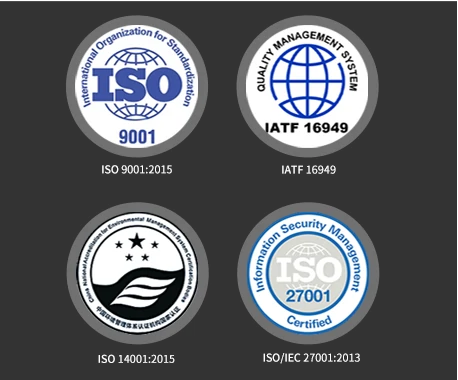
- info@prototypeshlh.com
- +86-133-9285-9203
- Room 2003, 20th Floor, Xingji Building, Shangde Road, Shajing Street, Bao'an District, Shenzhen
SERVICES


CNC Machining Service
Tight tolerances and finishing capabilities, as fast as 2 days.

Vacuum Casting Service
Production quality parts without the tooling investment.

Sheet Metal Fabrication
Experience the versatility 6 cost efficiency withflexible application options.

Die Casting Service
Create high quality custom mechanicals withprecision and accuracy.

Injection Molding Service
Production-grade steel tooling, as fast as weeks.
Carbon Fiber Manufacturing
Composite materials, such as carbon fiber reinforced plastics are highly versatile and efficiert materials.
Popular Services

Injection Molding Service
A faster, easier way to order high-quality injection molded parts that accelerates iteration, testing, and scaled production. Upload your designs for DFM feedback and pricing in 24 hours.

3D Printing Service
Our 3D printing solutions cater to personalised needs with a diverse range of materials and colour options, including SLA, SLS, FDM, Projet, DMLS, and MJF printing services.

Surface Finishing
The easiest way to source your custom parts, with 15+ surface finishing options.

Design Guide
In-depth design guides full of best practices for all of HLH's manufacturing processes.

Case Studies
Success stories from innovativecompanies using HLH.

Blog
lndustry trends, company news andproduct updates.
Featured Posts

Aerospace & UAV
HLH is your 3D manufacturing partner from prototype to large scale production.

Consumer Products
New Product Introduction Solutions for Consumer Products.

Automotive
New Product Introduction Solutions for Automotive.

Industrial Machinery
The main purpose of industrial prototyping is to take the product from drawings into the real world.

Robotics & Automation
Need some assistance bringing your robotic device or parts from the sketch-board to reality?

Medical Devices
The medical industry needs high quality, dependable and safe parts and products.

Communications
We understand the demands and ever changing landscape of the communications industry.

Product Development
Industrial design and engineering consultancies are some of the most innovate and creative enterprises on the planet.

When you’re working hard to bring an innovative product to life, protecting your intellectual property (IP) is crucial. Then one of the most common concerns among inventors, startups, and product designers is: "Will the prototype factory steal my idea or product designs?"
So the answer to this question is: No.
While the risk of idea theft exists in any industry, most professional prototyping factories rely on trust, reputation, and long-term client relationships. Reputable manufacturers are unlikely to jeopardize their business by stealing client designs. However, risks do increase when working with unknown, unverified, or unregulated suppliers.
1. Reputation and Legal Risk: Established factories have much to lose from legal action and bad publicity.
2. Volume-Based Business Model: Manufacturers earn money by producing parts at scale—not by launching consumer products.
3. Non-Disclosure Agreements (NDAs): Many factories agree to sign NDAs, legally binding them to keep your information confidential.
· Willing to sign legal agreements (NDAs, contracts)
·Transparent communication
·Clear documentation and traceability
·Positive testimonials or referrals
·ISO 27001 or relevant industry certifications
(Regarding the above description, HLH can do it perfectly)

(HLH Certification)
Always request the manufacturer to sign an NDA before sharing files or product concepts. This is a standard and legally enforceable protection tool.
If your design is novel, consider filing for a patent or at least a provisional patent before beginning production. This gives you legal protection in case of a dispute.
You can work with different vendors for different components, ensuring no single supplier has access to the complete design.
Choose manufacturers with a track record of working with global clients. Check for online reviews, certifications, and previous work portfolios.
You may choose to only share low-resolution files or remove certain technical elements until the supplier proves trustworthy.